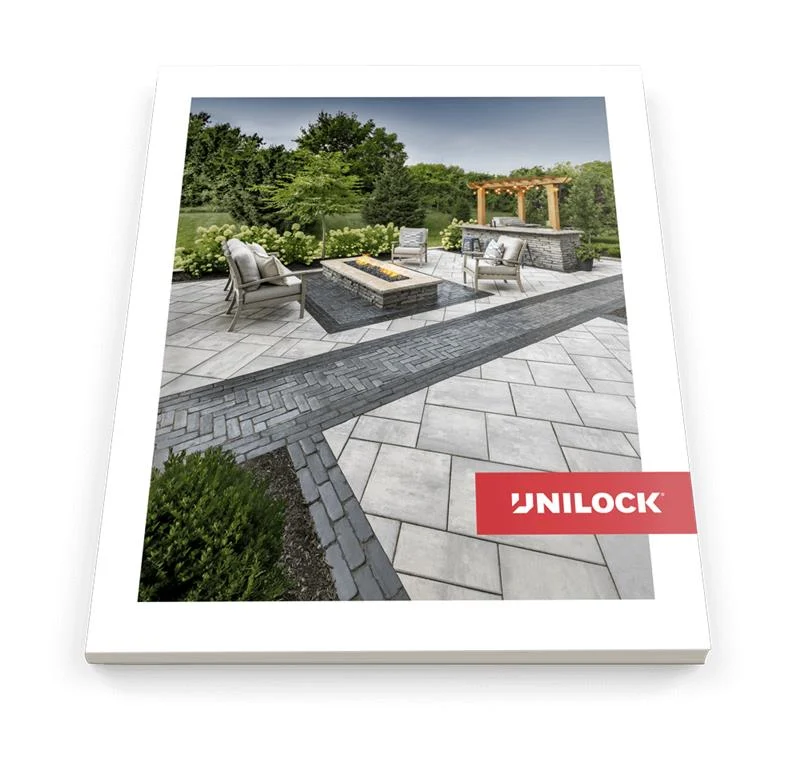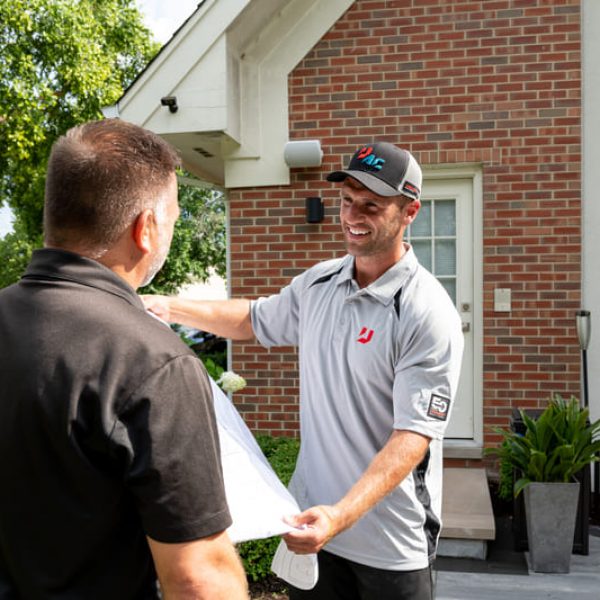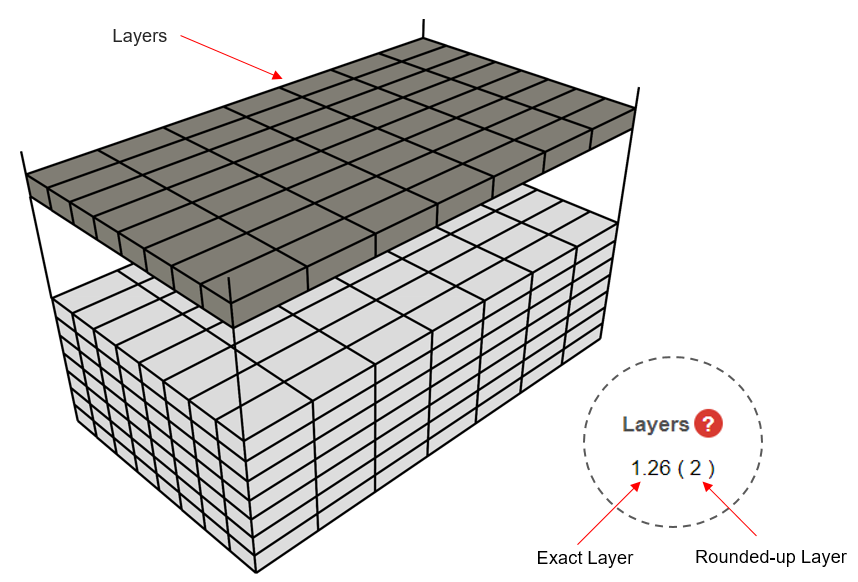
Does your Bronxville, NY property feature a lot of grass? Are you looking for ways to add form and function to your yard? Create stunning walkways, patios, and outdoor rooms by replacing grass with paving stones from Unilock. Whatever your landscape style or yard size, paving stones can help transform your lawn into a fabulous outdoor space.
Benefits of Paving Stones Over Grass
Pavers provide a solid, level surface that can help guide the flow of traffic or provide a foundation for outdoor living spaces. They are also incredibly durable and are able to withstand extreme weather conditions without incurring damages. Paving stones are strong enough to handle foot traffic, outdoor furniture, and appliances, and some can even bear vehicular traffic.
Pavers are also low maintenance and easy to repair if damages should occur. Unlike a lawn, they never require mowing, watering, or fertilization which can save both time and money. Although a little maintenance is required to keep your new paving stones looking new. Applying a sealant every few years should be enough to stop any cracking or chipping. And should any damages occur, individual stones are easily replaceable.
Paving stones also offer nearly endless design possibilities. With a huge range of shapes, colors and styles, pavers will complement any landscape style from classic to contemporary, to rustic or modern. The addition of accents, borders, and inlaid designs can elevate a patio or walkway and create a striking focal point. Courtstone and Copthorne pavers, for example, make excellent accent or primary pavers for traditional and historic-themed landscapes.
Planning for New Paving Stones
Before any work begins on your new paving stones, it’s important to have a plan. There are many factors to take into consideration to ensure a successful installation. The grade of the landscape, drainage patterns, and grass conditions can all impact the ideal size and location of a patio or walkway. A Unilock Authorized Contractor understands these obstacles and knows how to overcome them. They can also help determine which traffic routes will provide the best flow when planning walkways.
Related Read: Using Pavers to Create a Striking Transition from Softscaping to Hardscaping
Paving Stone Installation
Installing paving stones on grass involves a number of steps to ensure a level and solid surface that will not shift or buckle. The turf will first have to be cut away to make enough room for a base layer and the stones. A professional landscape plan will help ensure the layout is correct and that no extra sod is removed. A layer of gravel will be added to provide drainage and a level base for laying the stones. The thickness of the base layer will vary to compensate for uneven areas of the landscape. To reduce the depth of the base, a contractor may opt to incorporate the Unilock DriveGrid.
Paving stones also require a strong edging material along any side that does not rest against a wall or other solid surface. Without proper edging, the pavers can shift apart after installation. The edging should be placed deep enough so it’s not visible once grass or plants grow along the edge of the stones.
Finishing Installation
Once the stones are in place, they will require compacting to help prevent future shifting or sinking. After compaction, the last step is to fill in the joints. Polymeric Sand or jointing sand is spread in the cracks between stones to create a solid, long-lasting base. Jointing sand is available in different colors, including Tan, Black and Grey, from Unilock and can have a dramatic effect on the overall look of your patio or walkway.









